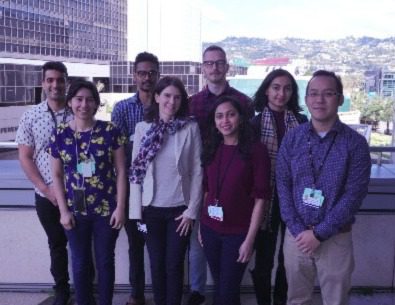Role of Sensory Neurons in Metabolic Decline and Aging

Research Area
Aging
Grant Type
Start-Up
Year
2018
Abstract
How the peripheral nervous system participates in the aging process is poorly understood. Yet, a large variety of nerves connect peripheral tissues to the brain and continuously participate in ensuring vital functions. Some of these nerves arise from ganglia along the spinal cord termed dorsal root ganglia (DRG). We have previously found that decreased activity of these DRG neurons achieved by genetic removal of a key receptor (TRPV1, also known as the capsaicin receptor) leads to extended lifespan and metabolic youth in mice. It is well established that many vital organs undergo senescence and reduced capacity to function normally with age. This is true for the pancreas, an organ which secretes insulin and regulates blood glucose levels, as well as the adipose tissue involved in energy storage and endocrine regulation. These tissues are densely innervated by DRG sensory neurons which role remains unstudied. In this project, we aim at characterizing the role of DRG neurons in metabolism and discover how they impact metabolic organs upon aging. A strong focus of this proposal is to establish the nature of neuropeptide communication occurring between nerves and endocrine tissues. Insights into these questions will significantly enhance the understanding of the mechanisms underlying metabolic diseases and offer therapeutic avenues to treat age-associated diseases.
